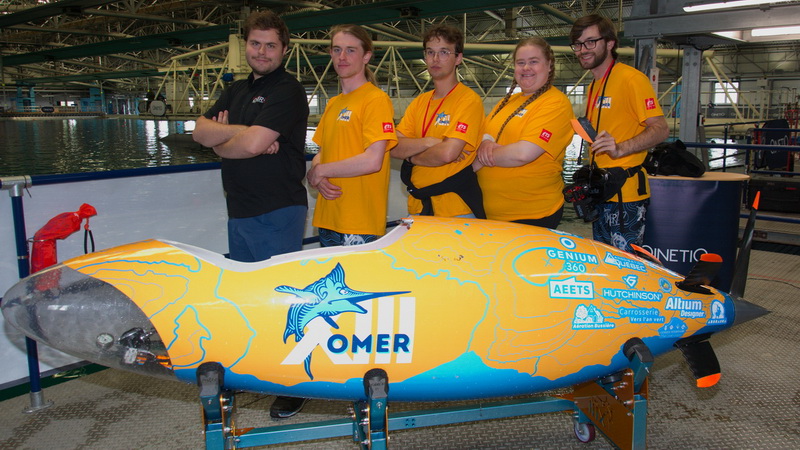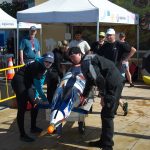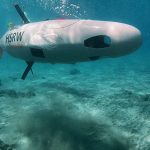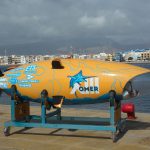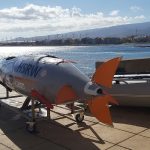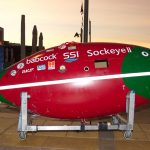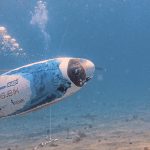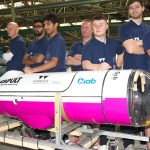These machines are all ‘prototypes’, built by students of marine science, engineering and technology, to help them gain practical experience alongside theoretical studies of machines which operate in sea water.
It can take between ten and tewenty thousand man-hours to design, build, test and adjust a human-powered machine ready for the sea, but if it is is built correctly it can then achieve speeds of 5-7 knots underwater – or the speed of a dolphin!




